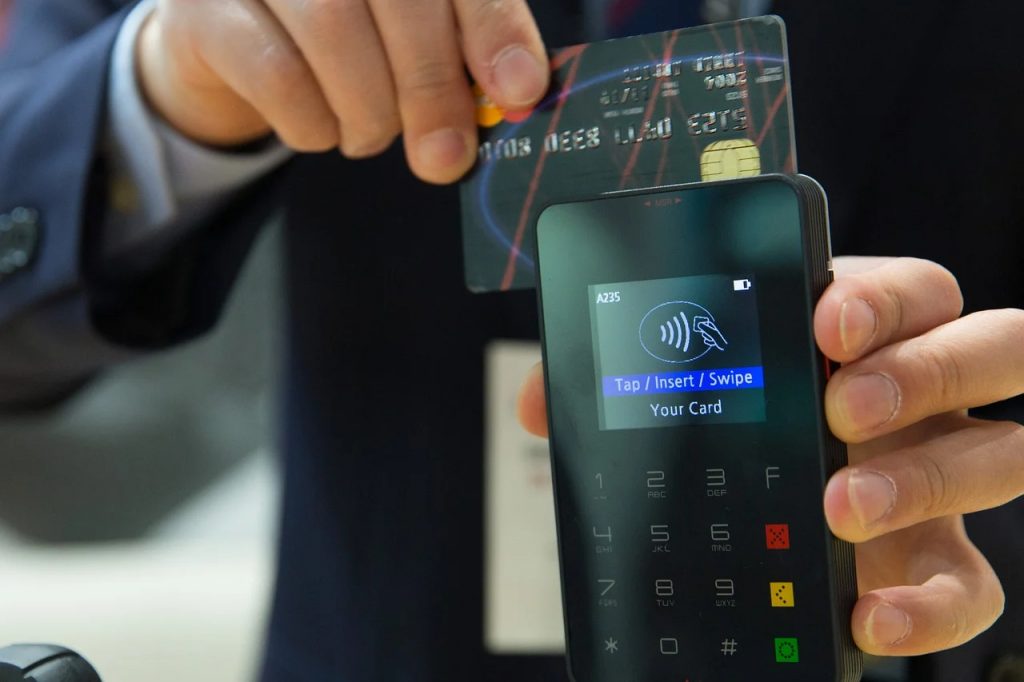Visa And Mastercard Making Inflation Worse?
Amid this grossly inflated period when everything is costing more, Visa and Mastercard are making inflation worse.
This article is more than 2 years old

With the recent costs of fuel and food rising with no end in sight, most are turning to credit cards to offset personal budgets and try to make the most of the monthly costs. However, recent studies are showing that even a choice to do so is going to cost you more than before. Credit card giants like Visa and Mastercard are raising their swipe fees to generate additional costs that many retailers are going to have to pass down to their customers.
According to CNN Business, the two major credit card companies, Visa and Mastercard, are raising the rates that are associated with each time a consumer makes a purchase. These fees are called swipe fees that are paid to the bank that issues the card and are typically invisible to consumers. However, a vast majority of retailers are now claiming these invisible swipe fee increases are going to force them to stop accepting Visa and Mastercard altogether or pass the rates down to their consumers. The rate increases that have gone into effect as of April were originally meant to take place in 2020 but were held off due to the COVID pandemic. Now 2 years later the fees are being incorporated as the world is trying to make ends meet with the inflation of costs everywhere. This is coupled with the fact that it is the worst bout of inflation that has been seen in over forty years.
Prepaid cards, debit, and credit cards were used to make purchases last year that tallied in a whopping 9.4 trillion dollars. Of that, over 138 billion dollars were paid out by merchants in processing fees. So a spike in swipe fees now increasing is not good for business for the merchants or for consumers who may now start to feel the pain with additional price increases in the cost of goods to offset the increase. It has been estimated the swipe fees for Visa and Mastercard are going to add an additional 1.2 billion dollars in fees to the Merchants this year alone.
Visa has reported a typical swipe fee for the use of its cards, which includes a flare rate of 5 to 25 cents and up to 3% of the purchase price. So as an example if a consumer purchases something for $100 dollars and uses a basic, traditional Visa credit card, the merchant would pay $1.53 or 1.43% in fees that would go to the bank that is backing the use of the card. The merchants are finding they have no choice but to raise the cost of the goods they are selling to offset the additional fees by Visa and Mastercard. It is creating a vicious cycle that is nothing but a negative to both the merchants and consumers. If prices continue to go up and the fees keep increasing the prices will have to continue to keep going up to offset the differences. When the current economic conditions are not in an environment of inflation, the fees typically aren’t felt but when the economy is facing grossly inflated prices for everything, any fee added hurts everyone.
The credit card giants Visa and Mastercard want consumers to know that the fees are not being charged directly to them and are not related to the cost of goods prices that are currently being inflated. Like any other business, at some point, fees have to be increased to offset the costs their business is trying to offset and unfortunately that is a rise to costs associated with swipe fees. It truly is a concern that merchants are having to pass these fee increases down to their consumers but as inflation begins to go down and costs of goods also decrease, these new fees will have less of an impact across the board.




